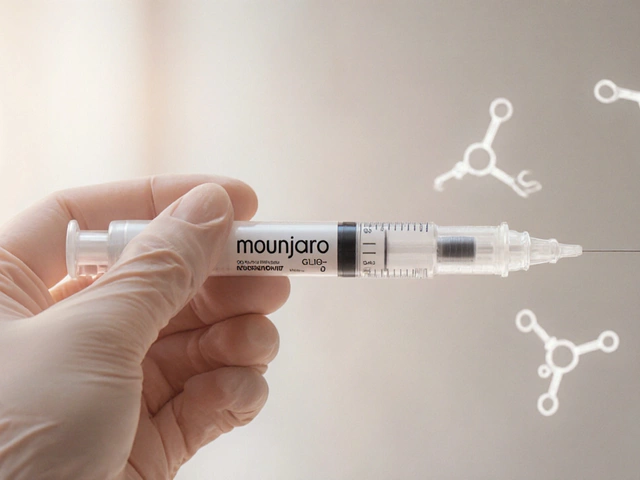Joint Replacement Surgery: What You Need to Know
If your hip or knee hurts so much you can’t sleep, you’ve probably heard about joint replacement surgery. It sounds scary, but most people walk out of the hospital with a new, pain‑free joint and a clear plan for getting back on their feet. This guide breaks down the basics, so you know exactly what to expect before, during and after the operation.
Types of Joint Replacement
There are three main kinds of joint replacement you’ll run into in India:
- Knee replacement – The most common. The surgeon removes damaged cartilage and bone from the femur, tibia and sometimes the patella, then fits metal and plastic components.
- Hip replacement – A ball‑and‑socket joint is rebuilt. The damaged ball (femoral head) is taken out and a metal or ceramic ball is attached to a stem that goes into the femur. The socket gets a new plastic or ceramic liner.
- Shoulder, elbow or ankle replacement – Less frequent but follow the same idea: cut away the worn parts and glue in prosthetic pieces.
Each procedure uses a slightly different approach, but the goal is always the same – restore movement and kick chronic pain to the curb.
Recovery and After‑Care
Recovery is where most people worry. The good news is that modern techniques, regional anesthesia and better pain meds make the first few days much easier than they used to be.
Day of surgery: You’ll wake up with a numb leg or hip and a small drip for pain control. A nurse will help you sit up and move your leg a little – this prevents blood clots.
First week: Expect to use crutches or a walker. Physical therapy starts right away, focusing on gentle range‑of‑motion exercises. Most people can go home within 2‑4 days if there are no complications.
Weeks 2‑6: Your therapist will push you a bit more – squats, step‑ups and light cycling are common. Pain should steadily decline, but you may still need an over‑the‑counter painkiller for occasional spikes.
Months 3‑6: You’ll be cleared for most normal activities, including light jogging or swimming. Full strength can take up to a year, especially for older patients.
Here are three quick tips that make the rehab smoother:
- Stick to the exercise plan. Skipping sessions slows down healing and can lead to stiffness.
- Watch your diet. Protein, vitamin C and calcium help tissue repair. A balanced plate speeds up recovery.
- Mind the wound. Keep the incision clean and dry. Call your surgeon if you see redness, swelling or a fever.
Complications are rare but worth knowing. Blood clots, infection, prosthetic loosening or persistent stiffness can happen. Most issues show up within the first three months, so keep your follow‑up appointments and report anything odd right away.
One thing many patients overlook is the effect of medicines on the new joint. Some painkillers, especially NSAIDs, can interfere with bone healing, while steroids might increase infection risk. Talk to your doctor about a safe medication list before you start the surgery.
In India, the cost of joint replacement can vary widely – from government hospitals offering subsidized rates to private centers charging premium prices. Knowing the price range helps you plan finances and avoid surprise bills.
Bottom line: joint replacement surgery is a reliable way to beat chronic joint pain. With a clear surgical plan, diligent rehab, and smart medication choices, you can get back to the activities you love – whether it’s walking your dog, dancing at a wedding or simply climbing stairs without wincing.

Hardest Orthopedic Surgery to Recover From: Challenges and Facts You Should Know
Explore why spinal fusion is often called the hardest orthopedic surgery to recover from. Learn about its challenges, success rates, pain, and pro recovery tips.




